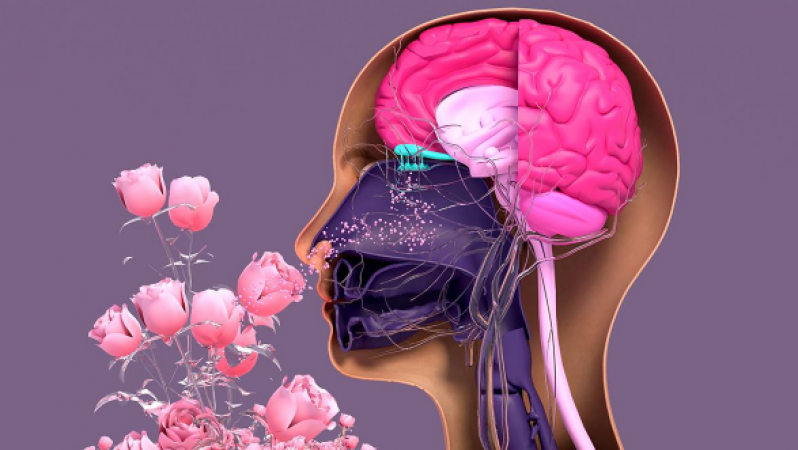
USA: For the first time, researchers from the University of California, San Francisco (UCSF) have developed a precise, molecular-level, three-dimensional model of how an odour molecule activates an odorant receptor in people.
The study focuses on an olfactory receptor called OR51E2 and demonstrates how it "recognises" the smell of cheese by activating the receptor through specific molecular interactions.
Our nose's odour receptors enable us to distinguish between various smells, such as pleasant, pungent, and others. However, little is known about how these receptors pick up molecules and turn them into scents up to this point.
Also Read: Chandrayaan-3 developed by ISRO has passed yet another significant test
We may be closer than ever to unravelling the mystery of how we smell now that we have the first-ever 3D image of the structure of our odour receptors.
smell receptors The largest and most diverse type of receptors in humans are made up of half of the proteins on the surface of olfactory cells that bind odour molecules. 400 olfactory receptors are encoded by genes in the human genome, according to Nature.
A 2014 study suggests that we can distinguish over one trillion scents, contrary to the 1920s prediction that the human nose could only distinguish about 10,000 different smells.
Only a limited number of odorants can interact with each olfactory receptor, whereas a single odorant can activate multiple receptors. This can be compared to "hitting a chord on a piano", said Aashish Manglik, co-author of the study. The perception of a distinct odour is caused by the combination of keys being pressed, not by the hitting of a single note.
Also Read: India now has ChatGPT Plus with GPT-4 available
It is unclear precisely how certain odorants are detected by olfactory receptors and converted into various smells in the brain. In addition, it is difficult to make mammalian olfactory-receptor proteins in the lab.
The group then focused on the OR51E2 receptor. In addition to olfactory neurons, it is also present in the tissues of the gut, kidney, and prostate and serves purposes other than odorant recognition.
Two odorant molecules interact with the OR51E2 receptor. One of them is acetate, which has a vinegar-like aroma, and the other is propionate, which smells cheesy. A "binding pocket" as it is known is formed in the receptor when the propionate molecule binds to OR51E2 through particular ionic and hydrogen bonds. Because of this interaction, OR51E2 changes in shape, activating the receptor.
Also Read: For the very first time currently active volcano on Venus has been directly observed by scientists
We now have our first foothold and a clearer understanding of how smell molecules interact with our odorant receptors, according to Manglik. This is just the beginning for us. The article has appeared in the journal Nature.